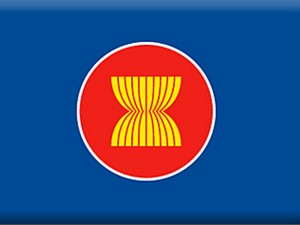Asean 75% ready for 2015 economic integration—report
This represents an advance from 67.5-percent implementation rate reported at the 43rd AEM in Indonesia in 2011.
According to the Jakarta-based secretariat, key achievements that support this increased implementation rate include the implementation of the Asean Single Window (ASW) through the development of its new architecture and legal framework.
The ASW, a unified customs system for the region, is seen as the cornerstone of the AEC and a test case on how practical the envisioned single economy may be.
Also, the governments of the 10 Asean members have decided to explore mechanisms to effectively address the issues of non-tariff barriers; completed the Asean Agreement on the Movement of Natural Persons; implemented a peer review process to remove investment restrictions; and made effective the Asean Plus Three Emergency Rice Reserve (APTERR) Agreement on food security.
In September 2010, agriculture ministers of Asean and those of China, Japan and South Korea signed the APTERR agreement, which is aimed at ensuring the long-term food security and livelihoods of the people in the East Asian region.
Asean groups the Philippines, Indonesia, Malaysia, Thailand, Singapore, Brunei, Cambodia, Laos, Myanmar (Burma) and Vietnam.
Under the agreement, the 13 countries commit to build up a reserve of 787,000 tons of rice – including 12,000 tons from the Philippines — in anticipation of instabilities in supply resulting from natural disasters and humanitarian emergency situations.
The 13 countries account for around two-thirds of global rice production and more than half of global rice exports.
But even with these milestones, the AEM recognized the major risk that the uncertain global economy has been posing to AEC-building.
Thus, the ministers agreed to address implementation bottlenecks under the AEC, particularly initiatives related to customs and transport.

